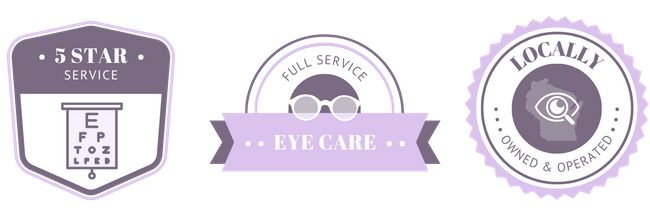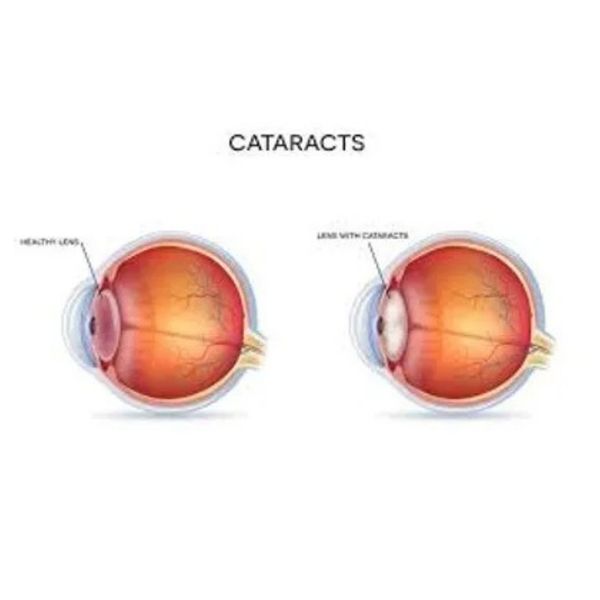Cataracts
Understanding Age-Related Cataracts

What are Age-Related Cataracts?
Age-related cataracts are a common eye condition that occurs when the lens of the eye becomes cloudy or opaque over time. This cloudiness disrupts the passage of light through the lens, leading to blurred or diminished vision. Cataracts develop gradually, typically as a part of the natural aging process, and can affect one or both eyes.

Symptoms of Age-Related Cataracts
The symptoms of age-related cataracts can vary, but common signs include:
- Blurry or Cloudy Vision: Objects may appear hazy or out of focus.
- Increased Sensitivity to Glare: Bright lights, such as headlights or sunlight, can cause discomfort or glare.
- Difficulty Seeing at Night: Night vision may be impaired, making it challenging to drive or navigate in low-light conditions.
- Fading of Colors: Colors may appear less vibrant or muted.
- Frequent Changes in Glasses Prescription: You might notice frequent changes in your vision or need a new glasses prescription more often.
Causes and Risk Factors
While aging is the primary risk factor for cataracts, several other factors can contribute to their development, including:
- Genetics: A family history of early cataracts can increase your risk.
- Exposure to Ultraviolet (UV) Light: Prolonged exposure to UV rays can accelerate cataract formation.
- Health Conditions: Diabetes and other health issues can increase the likelihood of developing cataracts.
- Previous Eye Injury or Surgery: Past eye injuries or surgeries can lead to cataract formation.
Diagnosis and Treatment
Diagnosis of age-related cataracts typically involves a comprehensive eye exam, including visual acuity tests and a detailed examination of the lens. Our eye care professionals use advanced diagnostic tools to evaluate the extent of cataract development and its impact on your vision.
If cataracts begin to interfere with your daily activities and quality of life, surgical intervention may be recommended. Cataract surgery is a highly effective and common procedure in which the cloudy lens is removed and replaced with a clear artificial lens (intraocular lens or IOL). This outpatient surgery is usually performed with local anesthesia and has a high success rate, restoring clear vision for most patients.

Preventive Measures and Management
While age-related cataracts are a natural part of aging, you can take steps to manage and potentially slow their progression:
- Wear UV-Protective Sunglasses: Shielding your eyes from UV light can help reduce the risk of cataract formation.
- Maintain a Healthy Diet: Eating a diet rich in antioxidants and vitamins can support eye health.
- Regular Eye Exams: Routine eye exams can help detect cataracts early and monitor their progression.
Schedule Your Eye Exam
At Radiant Eyes, we offer comprehensive eye exams to diagnose and manage age-related cataracts and other eye conditions. If you’re experiencing symptoms of a cataract or have concerns about your vision, schedule an appointment with us today to receive personalized care and treatment options tailored to your needs.
Ready to get started?
Schedule your appointment with us today.
